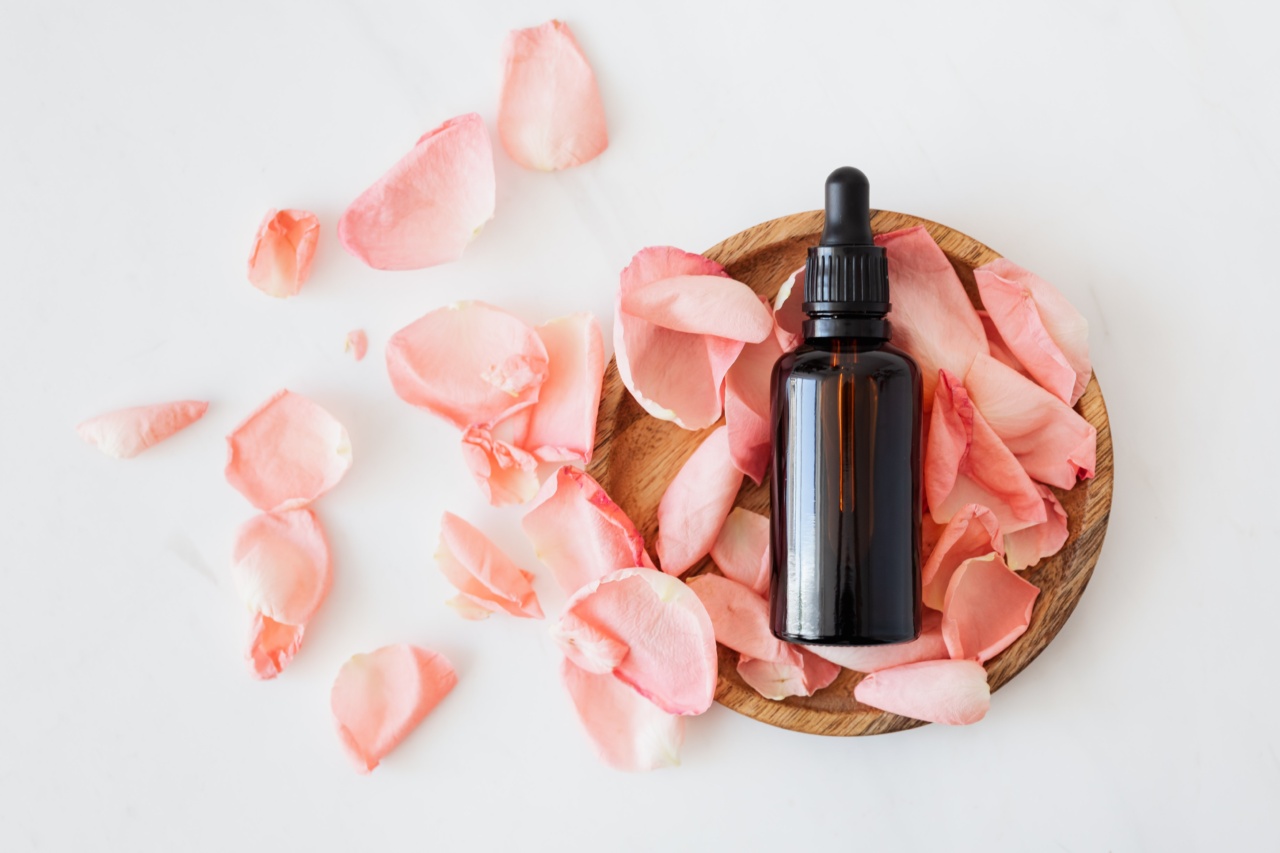Vitiligo is a chronic skin condition that affects millions of people worldwide. Characterized by the loss of skin color in patches, vitiligo can have a significant impact on a person’s self-esteem and confidence.
In this article, we will explore the causes of vitiligo and discuss various treatment options available.
Understanding Vitiligo
Vitiligo occurs when melanocytes, the cells responsible for producing melanin, the pigment that gives skin its color, are destroyed. Without melanin, the affected areas of the skin lose their color, resulting in white patches.
Although the exact cause of vitiligo is unknown, several factors are believed to contribute to its development.
Possible Causes of Vitiligo
1. Autoimmune Disorder: Many researchers believe that vitiligo may be an autoimmune disorder, where the body’s immune system mistakenly attacks and destroys its own melanocytes.
2. Genetic Factors: Vitiligo often runs in families, suggesting a genetic predisposition to the condition. Although it is not directly inherited, certain genes may increase the likelihood of developing vitiligo.
3. Environmental Triggers: Exposure to certain environmental factors, such as sunburns, emotional stress, and chemical exposure, may trigger vitiligo in individuals who are genetically susceptible.
Types of Vitiligo
Vitiligo can be classified into several types, including:.
1. Generalized Vitiligo
Generalized vitiligo is the most common form, characterized by widespread patches that often symmetrically affect both sides of the body.
2. Segmental Vitiligo
Segmental vitiligo typically affects one side or a segment of the body and is more common in children and teenagers.
3. Focal Vitiligo
Focal vitiligo is characterized by a few scattered patches in a specific area.
4. Mucosal Vitiligo
Mucosal vitiligo affects the mucous membranes, such as the lips and genital areas.
Treatment Options for Vitiligo
While there is no cure for vitiligo, several treatment options are available to manage the condition and improve the appearance of the skin.
1. Topical Corticosteroids
Topical corticosteroids are commonly prescribed to reduce inflammation and suppress the immune response in the affected areas. They can help repigment the skin, but long-term use may have side effects.
2. Topical Calcineurin Inhibitors
Similar to corticosteroids, calcineurin inhibitors can help repigment the skin by suppressing the immune response. They are often used in sensitive areas, such as the face and genital regions.
3. Psoralen Plus Ultraviolet A (PUVA) Therapy
PUVA therapy involves the use of a photosensitizing medication (psoralen) followed by exposure to UVA light. This combination helps repigment the skin by stimulating melanocytes to produce melanin.
4. Narrowband Ultraviolet B (NB-UVB) Therapy
NB-UVB therapy uses a specific wavelength of UVB light to target the affected areas of the skin. It is often used as a first-line treatment and can help repigment the skin with regular sessions.
5. Excimer Laser
The excimer laser delivers a targeted beam of UVB light to the affected areas, promoting repigmentation. It is especially effective for small, localized vitiligo patches.
6. Microskin and Camouflage Techniques
Microskin and other similar products can be used to camouflage the white patches and even out the skin tone. These cosmetic solutions can provide immediate results but are not a permanent remedy for vitiligo.
7. Depigmentation
In cases where vitiligo affects a large area of the body, depigmentation can be an option. This involves lightening the remaining pigmented skin to achieve a uniform color.
Lifestyle and Self-care Strategies
In addition to medical treatments, certain lifestyle changes and self-care strategies can help individuals manage vitiligo:.
1. Sun Protection
Since the areas affected by vitiligo lack melanin, they are more susceptible to sunburns and skin damage. It is important to use sunscreen, wear protective clothing, and seek shade to minimize sun exposure.
2. Cosmetic Camouflage
Makeup and other cosmetic products can be used to cover the white patches and improve the appearance of the skin.
3. Emotional Support
Living with vitiligo can be emotionally challenging. Seeking support from friends, family, or support groups can help individuals cope with the psychological impact of the condition.
Conclusion
Vitiligo is a complex skin condition with no definitive cause or cure. However, there are various treatment options available to manage the symptoms and improve the appearance of the skin.
It is important for individuals with vitiligo to consult with a dermatologist or a healthcare professional to determine the most appropriate treatment plan for their specific condition.






























